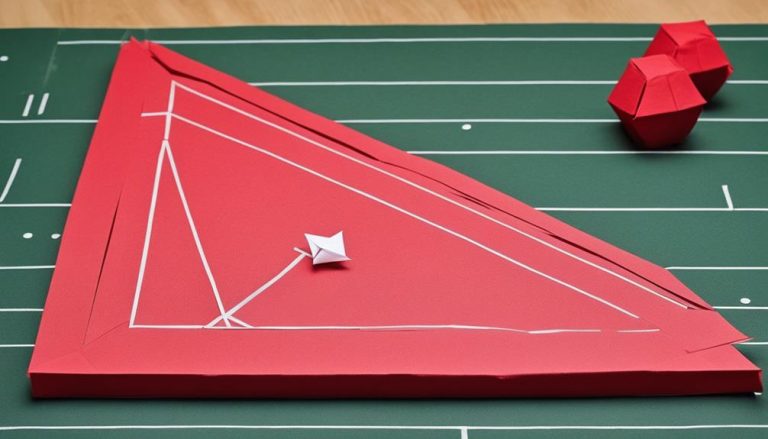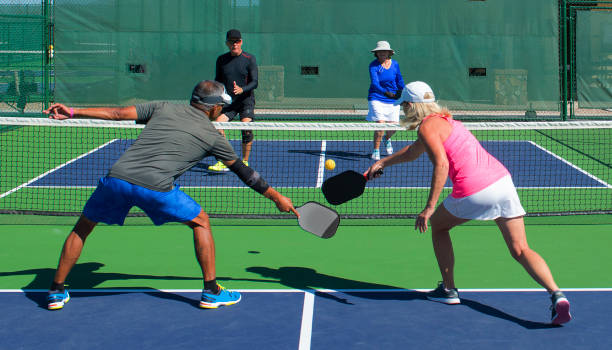General Rules of Outrigger Canoeing
When piloting the waters in an outrigger canoe, understanding the safety gear requirements, mastering right of way etiquette, and honing steering techniques are crucial. But what about the intricate paddling strokes and techniques that can make or break your performance on the water? Stay tuned to uncover the nuances of race regulations that could give you a competitive edge in the world of outrigger canoeing.
Safety Gear Requirements
Before starting on your outrigger canoeing adventure, make sure you have the necessary safety gear requirements in place to protect yourself and others on the water. Ensuring you are well-prepared with the right safety gear is essential for a safe and enjoyable experience. Emergency procedures and safety gear should be at the top of your checklist. Familiarize yourself with the emergency procedures for different scenarios you may encounter while out on the water. Knowing how to react swiftly and appropriately can make all the difference in an unforeseen situation.
Conduct a thorough risk assessment before setting out. Evaluate the weather conditions, water currents, and your own paddling skills to determine the level of risk involved. This assessment will help you make informed decisions and stay safe throughout your journey. Additionally, regular equipment maintenance is essential to prevent any mishaps while canoeing. Check your outrigger canoe, paddles, personal flotation devices, and other gear before each outing. Repair or replace any damaged equipment to avoid potential accidents.
Right of Way Etiquette
Make sure to understand the right of way etiquette when out on the water in your outrigger canoe to guarantee a smooth and safe paddling experience. Proper communication and adhering to passing protocols are essential for seamless navigation and avoiding unnecessary conflicts with other watercraft. Here is a table outlining the key points of right of way etiquette to keep in mind:
| Right of Way Etiquette | Description | Importance |
|---|---|---|
| Passing Protocol | Yield to faster vessels | Ensures safety |
| Navigation | Stay on designated routes | Prevents collisions |
| Communication | Signal intentions clearly | Avoids confusion |
| Yielding | Give way to larger crafts | Prevents accidents |
When encountering other paddlers or boats, remember to communicate your actions clearly. Use hand signals or verbal calls to indicate your movements and intentions. If you need to pass another canoe, make sure to do so safely, giving them ample space and avoiding sudden maneuvers. Yielding to larger vessels is critical for everyone's safety, so always be aware of your surroundings and be prepared to yield when necessary. By following these guidelines, you'll contribute to a harmonious paddling environment and make a pleasant experience for yourself and others on the water.
Steering Techniques
Utilize effective steering techniques to guide your outrigger canoe with precision and control, enhancing your paddling experience on the water. When it comes to directing your outrigger canoe, mastering rudder control and course navigation is essential for a successful journey on the water. Here are some tips to help you steer your canoe like a pro:
- Mastering the Rudder: Understanding how the rudder works and practicing with different rudder sizes will help you gain better control over your canoe's direction.
- Using Body Weight: Shift your body weight strategically to assist with turning the canoe, especially in windy or choppy conditions.
- Reading Water Conditions: Stay alert to changes in water conditions such as currents, wind direction, and waves, adjusting your steering technique accordingly.
- Communicating with Your Team: Effective communication with your paddling team is critical for coordinated steering, ensuring everyone is on the same course.
- Practice Makes Perfect: Regular practice sessions focusing on steering techniques will help you become more confident in guiding your outrigger canoe in various conditions.
Paddling Strokes and Techniques
As you navigate your outrigger canoe through the waters, mastering various paddling strokes and techniques is key to propelling your vessel efficiently and smoothly. Team coordination plays a critical role in achieving peak speed on the water. Communication among paddlers is essential to synchronize your strokes and maintain a consistent pace. By working together seamlessly, your team can maximize the power generated from each stroke, propelling the canoe forward with precision and speed.
To enhance paddle efficiency and endurance, focus on your technique. Engage your core muscles to generate power with each stroke, utilizing a full range of motion to pull the water effectively. Keep your paddle close to the canoe to minimize unnecessary movements and maximize efficiency. Remember to maintain a steady rhythm to conserve energy and sustain your endurance throughout your paddling session.
Experiment with different paddling techniques to find what works best for you and your team. Whether it's the J-stroke for steering or the power stroke for bursts of speed, practicing a variety of strokes will not only improve your skills but also add versatility to your paddling repertoire. By honing your paddling techniques and mastering team coordination, you'll be able to navigate the waters with agility, speed, and efficiency.
Race Regulations
When participating in outrigger canoe races, it is important to adhere to specific race regulations to guarantee fair competition and safety for all participants. Here are some essential race regulations to keep in mind:
- Race Strategies: Develop a solid race strategy with your team to maximize performance and efficiency on the water.
- Competitive Mindset: Maintain a competitive mindset throughout the race while also respecting your fellow competitors and the rules of the event.
- Team Communication: Effective communication within your team is critical for synchronization and coordination during the race.
- Coordination: Make certain that everyone in the team is coordinated in their paddling strokes and movements to propel the canoe efficiently.
- Safety Measures: Prioritize safety by following all safety guidelines, wearing appropriate gear, and being mindful of other participants on the course.
In outrigger canoe races, success not only depends on physical strength but also on strategic planning, teamwork, and adherence to race regulations. By honing your race strategies, fostering a competitive mindset, maintaining clear team communication, perfecting coordination, and emphasizing safety, you can enhance your racing experience and increase your chances of achieving your desired outcomes. Remember, embracing these regulations not only ensures fair play but also contributes to a more enjoyable and fulfilling racing environment for everyone involved.
Frequently Asked Questions
How Can I Prevent Capsizing in an Outrigger Canoe?
To prevent capsizing in an outrigger canoe, focus on paddling techniques, safety precautions, weight distribution, and balancing skills. Keep your center of gravity low, adjust to changing conditions, and work together as a team.
What Is the Best Way to Store and Transport an Outrigger Canoe?
When it comes to storing and transporting your outrigger canoe, consider investing in wall racks for efficient storage and a trailer for easy transport. Regular maintenance, like rinsing after use, guarantees longevity. Happy paddling!
Are There Any Specific Training Exercises Recommended for Outrigger Canoe Paddlers?
To become a better outrigger canoe paddler, focus on strength training with technique drills. Enhance endurance through paddling and work on balance with specific exercises. Consistent practice and dedication will elevate your skills.
How Do I Properly Maintain and Care for My Outrigger Canoe?
To properly maintain your outrigger canoe, start with cleaning techniques like rinsing after each use. For maintenance, inspect for damage regularly. Care for your paddles by storing them properly, and protect the hull with regular waxing.
Can Outrigger Canoes Be Used in Rough or Choppy Water Conditions?
When tackling rough waters in an outrigger canoe, safety precautions are essential. Maintain stability by keeping a low center of gravity and using proper paddling techniques. Stay alert, adjust to waves, and enjoy the challenge!






